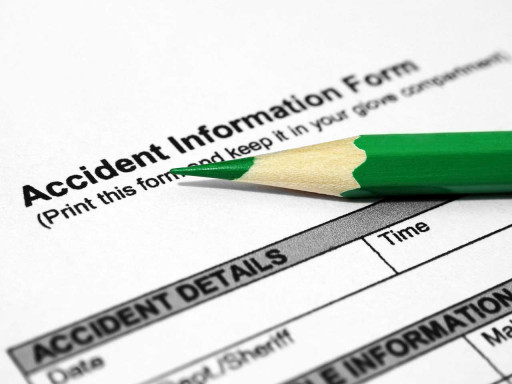Some types of accidents and incidences have to be reported by law under RIDDOR (Reporting of Injuries, Diseases and Dangerous Occurrences), but all types of accidents and near misses should be reported internally whatever the size of your company and whether the injury is small or large.
An injury such as a small cut can still, in certain circumstances, turn into something much nastier like septicaemia. There may also be differences in opinion that may lead to a civil claim from a member of the public or even your staff. Near misses should also be reported and this will give the employer an opportunity to prevent future incidents that could end in an injury being caused.
All companies should hold an accident book. Accident book entries provide a solid piece of evidence as to the circumstances of the accident.
What to do immediately after an accident
- Your immediate goal is to help the injured person to prevent further injury to themselves or anyone else
- Call for the necessary first aid treatment or an ambulance for the injured person
- Isolate the area using tape, barriers or personnel to restrict access to the area and preserve the scene.
Why investigate accidents?
- To meet the requirements of RIDDOR
- To notify your insurers and to gather information in the event of a future insurance claim
- To boost employee morale and attitude towards health and safety
- To prevent further similar accidents
Look at the sequence of events to establish the facts – what happened and why
- Where and when did the accident happen?
- How did the accident happen?
- Who was injured and what was the nature of the injury?
- What was damaged and to what extent?
- Who other than the injured person was involved if anyone?
- What were the contributing factors if any?
- What were the immediate and underlying causes of the accident?
- Were there any witnesses if so what did they see or hear?
- Were there adequate safe systems of work and were these being followed?
- Did the work organisation or lack of it impact on the accident?
- Were the maintenance and cleaning adequate?
- Consider the workplace layout, equipment and substances being used if relevant?
- Had the people involved received adequate information, instruction and training?
- Take photographs and take measurements
- Consider what corrective actions need to be taken immediately and in the long term including reviewing risk assessments and safe working procedures.
For further help and advice on accident investigation why not call ‘What No Safety’ on 01722 326 390.

